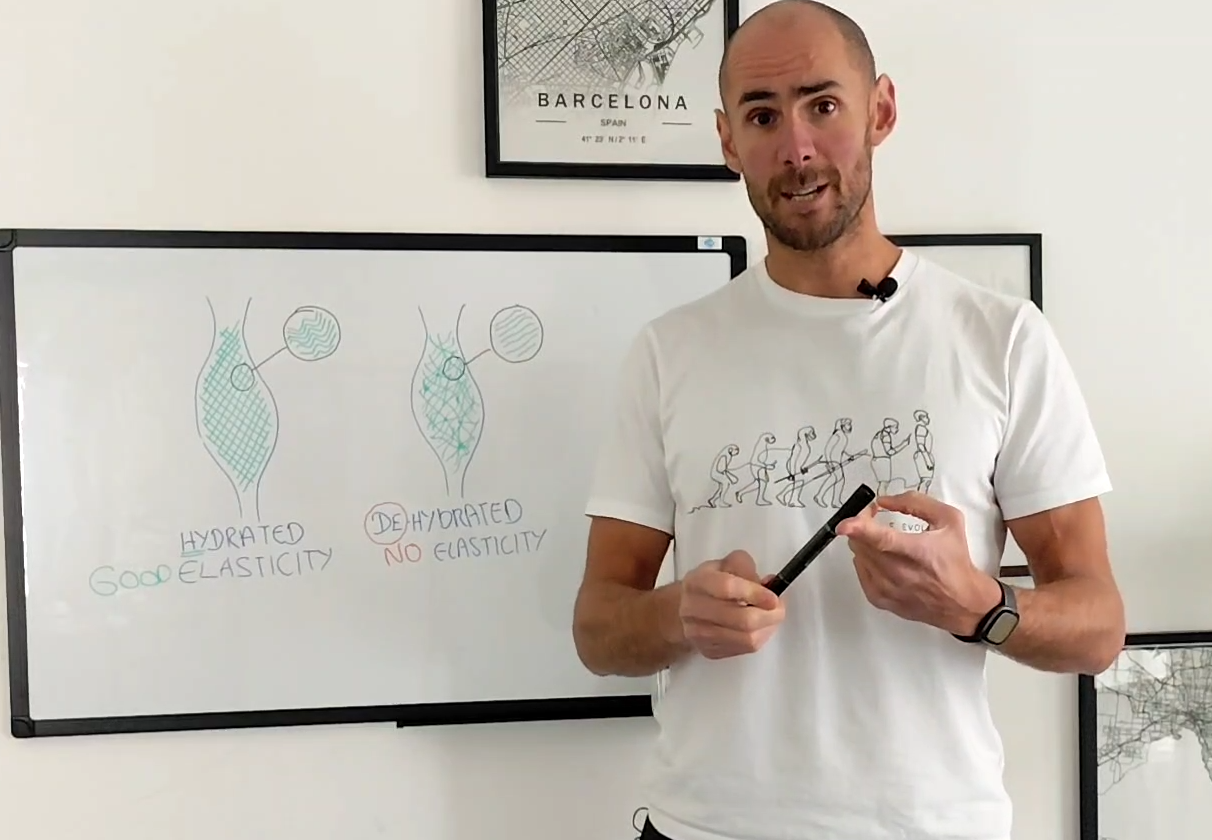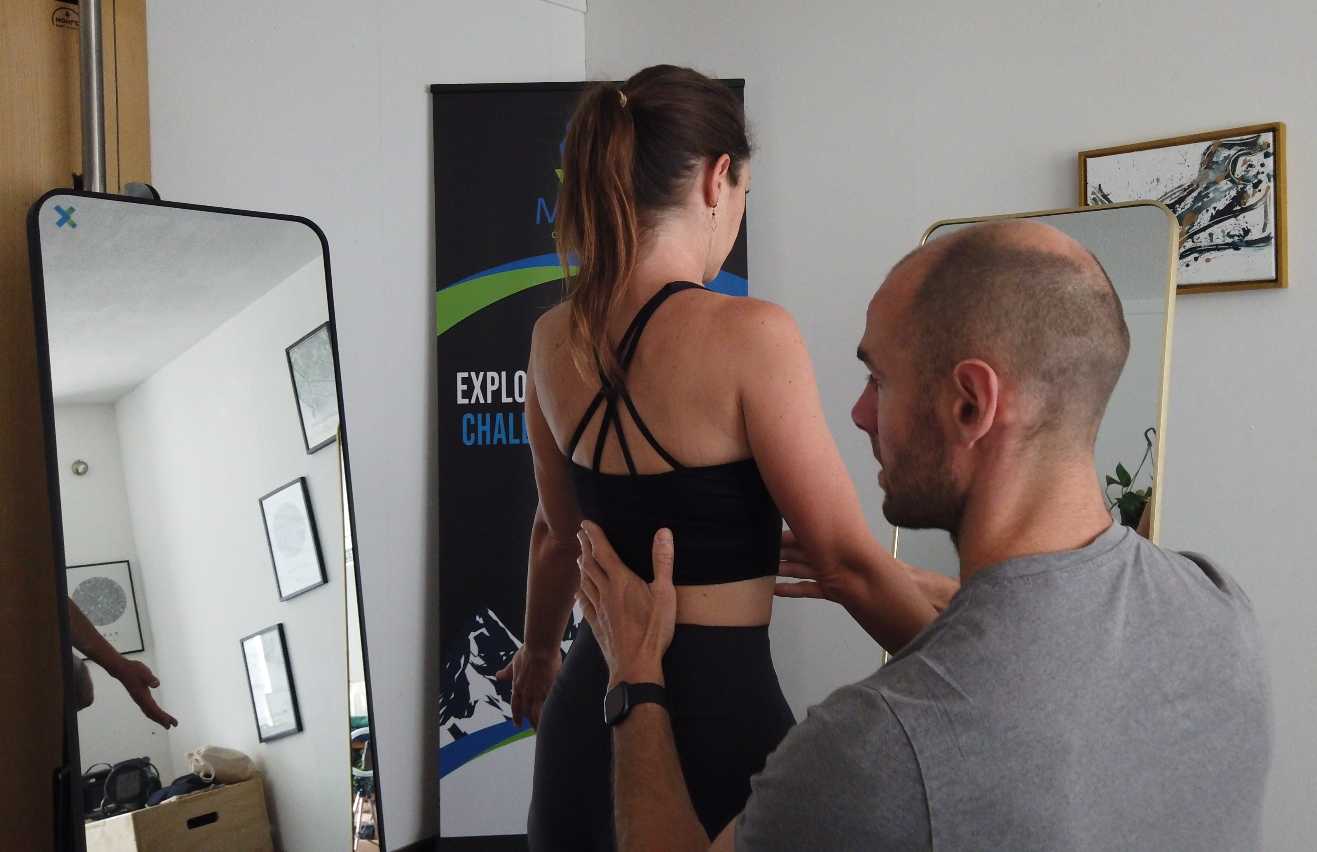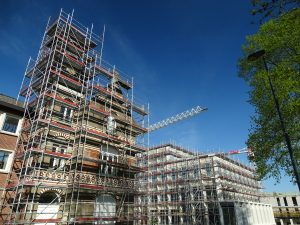Understanding pain through fascia: trigger points, myofascial release & posture Fixes
Learn how fascia, posture, and trigger points cause pain, even in muscles that aren’t tight. Discover when to use myofascial release vs. activation for lasting relief.

If you’ve been stretching for months but still feel tight or worse, sometimes more sore, there’s a good chance you’re missing a key piece of the fascia puzzle.
Pain doesn’t always mean a muscle is short and stiff. Fascia, the connective tissue that wraps every muscle, can develop trigger points in both short, overactive muscles and long, underactive ones. Treating them the wrong way can actually make your posture worse and keep pain around longer.
Here’s what you need to know.
1️⃣ Shortened & Tight Muscles
These muscles stay in a constant state of contraction. The fascia around them loses elasticity, building tension and developing trigger points, those hypersensitive spots that can refer pain elsewhere.
Common examples:
-
Hours at a desk → shortened hip flexors → low back pain.
-
Slouched posture → tight pectorals → rounded shoulders and upper-back discomfort.
Best approach:
-
Myofascial release to soften the tissue.
-
Posture-friendly mobility drills.
-
Breathing patterns to help the muscle let go.

2️⃣ Elongated & Inactive Muscles
These muscles are constantly pulled long. They look “loose” but are actually weak and unstable, and the fascia in these areas can still develop trigger points from overstrain.
Common examples:
-
Rounded upper back → overstretched rhomboids → tension between the shoulder blades.
-
Weak, elongated glutes → lower back overworks → chronic back tightness.
Best approach:
-
Activation work to re-engage the muscle.
-
Stability exercises to support posture.
-
Corrective movement to stop the over-stretch cycle.
Why This Matters for Pain, Fascia, and Posture
If you assume all pain means “stretch it out,” you might be stretching a muscle that’s already overstretched nor strengthening one that’s locked tight. Both can make trigger points worse.
Quick and simple guide to get started:
-
Short & tight? → Release the fascia, then mobilise.
-
Long & inactive? → Activate the muscle, then strengthen.
By identifying the pattern, you can use myofascial release and smart posture training to restore balance, reduce trigger points, and move with more freedom.
Final Thought
Fascia health isn’t just about flexibility, it’s about balance.
When you learn to tell the difference between muscles that need releasing and ones that need firing up, you’ll improve your posture, prevent injury, and finally get lasting relief from pain.
James Body therapist





